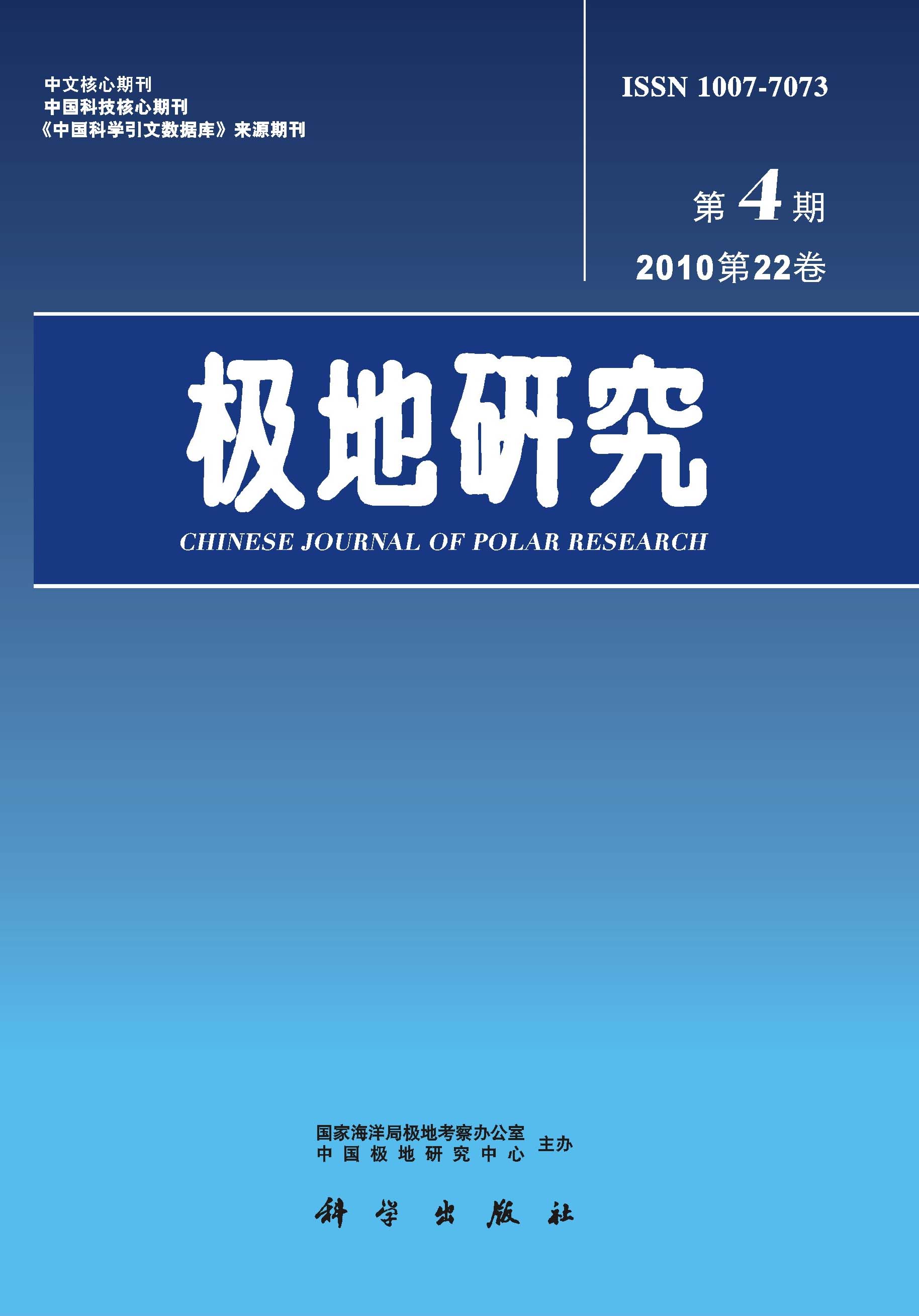The information of environmental changes for past 150,000 years have been recorded by both of Chinese loess deposits and deep Antarctic ice core. The research of comparing the records from these two different kinds of sediments can reveal the common characteristics of global palaeoclimatic changes and local features. Recent research showes, due to larger deposit rate, more paleosol layers, high sensibility and good distinguishability in revealing environmental changes, the Beiyuan loess profile, at Linxia, China, is a model record of environmental change for past 150,000 years (Fig. 1, 2, 3). According to the distribution of loess and paleosols, the profile can be divided into several stratal units, i.e. S0<8,500 a.B.P. ; L1-1, 25,000-8,500 a.B.P. ; Sm, 53,000-25,000 a.B.P.; L1-2, 80,000-53,000 a.B.P.; S1; 140,000-80,000 a.B.P.; L2 >140,000 a.B.P..Among these, stage Sm was composed of three weak pedogenic paleosol layers with two loess in between, stage S1; including three paleosol layers of drab soil type and two loess layers, L1-2, contained two weak weathering layers. The measure of the magnetic susceptibility shows (Fig. 4), the magnetic susceptibility of paleaosol layers is much more high than that of loess layers; the magnetic susceptibility of loess layers are about 20 C. G. S., that of paleosol layers in Sm stage is as 1.5 times as loess layers and that in S0 and S1 is 3-4 times more than loess layers. Pollen analysis at Beiyuan profile reveals the concentration of pollen is high in paleosols and low in loess. There is proper amount lignosa at paleosols, but, in loess most of all was herb. At the stage from paleosol to loess, the dark coniferous forest major with pine, dragon spurce and fir were largely developed. Comparing the record of Beiyuan loess at Linxia, China with that of Vostok ice core at Antarctic, we can find the two records are very analogous in revealing general tendency of environmental changes (Fig. 5). The stage L2 of Beiyuan profile corresponds to stage H of Vostok ice core; S1 of Beiyuan profile corresponds to' E, F and G of Vostok; L1-2 Sm, L1-1, So of the Loess correspond to D, C, B,A of the ice core (ref. Lorius, et al 1985; Jouzel, etal 1987). More detailedly, there are two weak pedogenic layers with peak values of magnetic susceptibility at lower part of L1-2 of Beiyuan profile, cor- respondingly, there are two terms that temperature rose a little at early of D of Vostok ice core. At stage Sm of Beiyuan profile there are four peak values of magnetic susceptibility, and at stage C of Vostok ice core, four relatively high temperature periods. (Jouzel, et al 1989). These concordance verifies the conclusion that environmental changes of two hemisphere were approximately simultaneous got by Hays et al(1976) from deep sea core records. Combining deep sea core records, some significant differences can be revealed by the comparing. First, the records from Beiyuan loess and Vostok ice core show the environmental charactelistics were lemarkably similar between 60,000a.B.P. and18,000.B.P, i.e. early and later full-stages of last glaciation, but the deep sea records have showed that sea surface had different lowing degrees in the two stages (Hays, et al. 1976; Shack-leton and Opdyke, 1973, Maitinson, et al. 1987). This is bigger difference in records between continents and seas. Second, at stage S1 of Beiyuan profile, two loess layers were in between three paleosol layers during 140,000-80,000 a.B.P. ; the magnetic susceptibility of these loess stages corresponded to that ofloess (L1_1, L1-2) deposited in the last full Glacial age. That means the climatic features of these two substages in S1 were about the same to that in the last Full Glacial age, if magnetic susceptibility can be used as substitutive index to describe paleoclimate (Kulka, 1987; 1988). Used δ18O as climatic index to explain Vostokice core by Lorius et al. (1985), also revealed that the temperature at stage F was on the same scale as that at B and D. However, there were some differences between them when used SD as index

